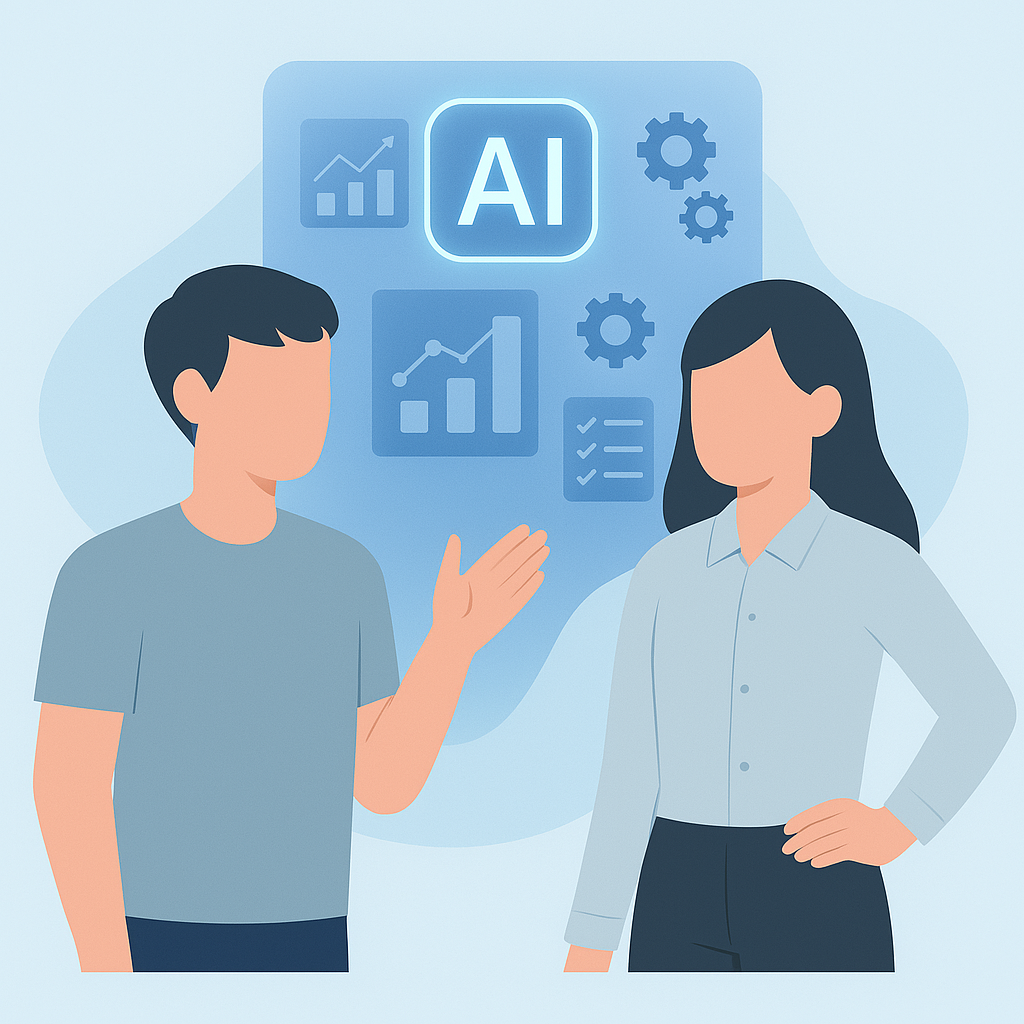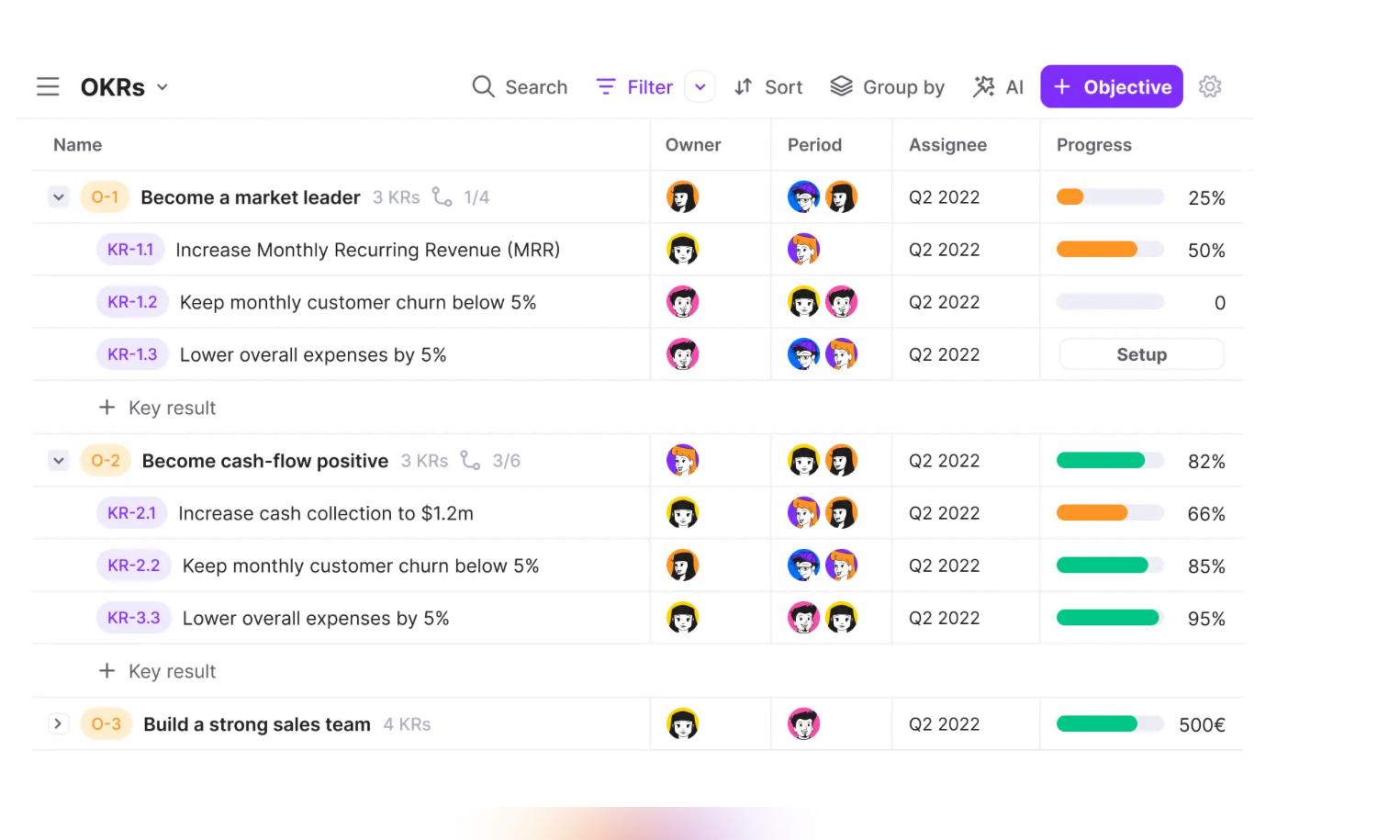Beyond the Buzzwords: 3 Ways a TPM Can Implement AI to Enhance Project Outcomes

AI is everywhere in tech—but what does it really mean for Technical Program Managers?
We hear the buzzwords. But as TPMs, we need practical, grounded ways to use AI—not just to sound smart in meetings, but to deliver real impact.
Here are 3 ways I’ve seen AI add serious value in the TPM role:
1. AI in Project Forecasting: Let the Data Talk
One of the most immediate wins for TPMs is using AI to improve forecasting accuracy. Traditional methods rely on static Gantt charts and historical velocity data, but AI tools can synthesize multiple variables in real time—developer capacity, sprint history, even sentiment in daily stand-ups—to forecast delivery timelines.
Tools like Forecast and ClickUp’s AI assistant analyze project history and current scope to automatically adjust delivery estimates. Think of it like having a constantly learning project analyst in your corner. When leadership asks for a revised ETA, I no longer have to guess—I have the data to back it.

Pro tip: Integrate AI-powered forecasting with your Jira or Asana setup. Some plugins even learn from your team’s behavior over time, improving with each sprint. I haven’t personally tried it due to my corporate restrictions but certainly worth a try.
2. AI in Risk Assessment: Spotting Trouble Before It Hits
TPMs are often the first line of defense against project derailments—but risk management is still more art than science. AI can change that.
Machine learning models can be trained to identify signals of risk long before they surface—ranging from dev throughput dips to excessive context switching. Proggio and Ayanza use AI to flag anomalies in team performance or project health indicators.vi have personally been trying to make Power BI goal tracking work with triggering derailments through a Teams pager to me when things go south.

In the past, we’d find out something was off during retros. Now, AI flags risks proactively. It doesn’t replace judgment—it enhances it.
Use case: Train a simple model (or use out-of-the-box integrations) to flag deviations in cycle time or blocked tasks that persist beyond a threshold. Tie this directly to Slack alerts for immediate response.
3. AI in Stakeholder Management: Personalization at Scale
TPMs are storytellers and diplomats. They translate engineering reality into business impact and vice versa. AI helps streamline these communication flows by offering tailored updates, stakeholder sentiment analysis, and even auto-generated status reports.
Tools like Copilot can generate tailored summaries for different audiences—executives, product, engineering—based on the same data set. They can also summarize conversations and surface key action items. Know use copilot proficiently as part of every meeting, and ask Copilot to summarize a whole day’s worth of meetings when I’m behind on my notes. I can even ask it to summarize all messages and emails from my manager for the day.
Quick win: Use AI to auto-draft weekly project updates based on ticket statuses, PR activity, and sprint metrics. Then humanize and refine the draft in minutes.
⸻
Final Thoughts
AI doesn’t need to be an intimidating black box. When applied thoughtfully, it becomes a force multiplier for TPMs—enhancing visibility, strengthening decision-making, and enabling deeper impact.
The future of program management isn’t just about more tools—it’s about smarter tools. And TPMs who embrace AI today will be the ones driving better outcomes tomorrow.
While the promise of AI is powerful, TPMs must also act as stewards of responsible AI adoption. This means understanding data privacy risks, ensuring transparency in model decisions, and keeping a human in the loop. AI should augment TPMs, not replace them. The judgment, context, and empathy TPMs bring are still irreplaceable.
Are you using AI in your TPM workflow? What’s worked for you—or what are you still skeptical about? Drop your thoughts below—curious to hear from others in the field.